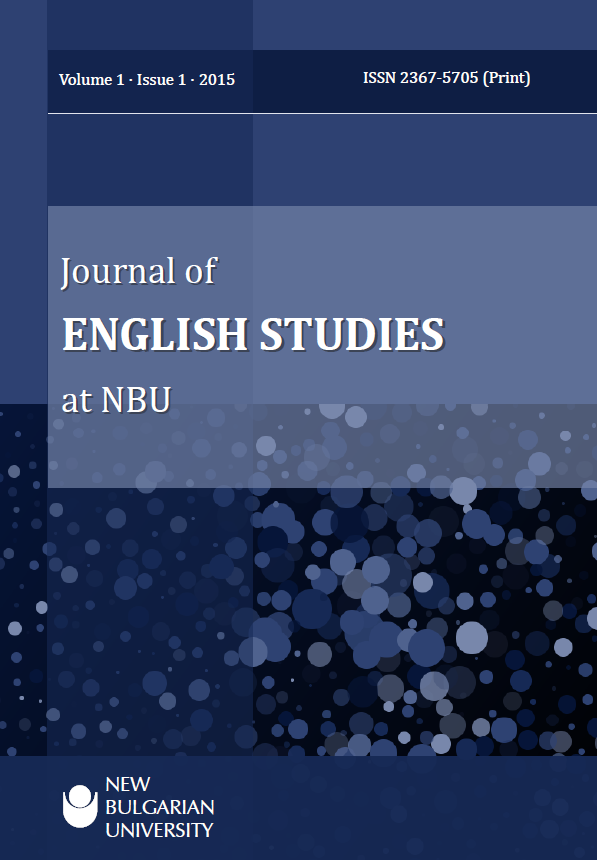Helping learners with dyslexia read in English
Helping learners with dyslexia read in English
Author(s): Blagovesta Troeva_ChalakovaSubject(s): Language studies, Language and Literature Studies, Foreign languages learning
Published by: Нов български университет
Keywords: dyslexia; reading; teaching; inclusion; strategies; phonics; multisensory;
Summary/Abstract: Dyslexia is a specific learning difficulty which resists conventional teaching methods. The phonological deficit hypothesis of dyslexia determines the present day focus on phonics targeting the primary area of difficulties experienced by learners with dyslexia – decoding. Phonological instruction, however, needs to be accompanied by the development of comprehension skills and presented within a rich language environment. Verbal memory and processing difficulties, typically associated with dyslexia, as well as other frequently co-occurring disorders require the adoption of a number of additional strategies for the teaching of reading to learners with dyslexia. The paper identifies a number of them: multi-sensory approaches, systematic (structured, cumulative and sequential) instruction, over-learning, reinforcement and metacognition. It recognizes the need of time, task and materials differentiation. The choice of particular teaching methods should take into account both the learner’s weaknesses and strengths. Such individually adapted teaching makes the successful inclusion of learners with dyslexia possible in the mainstream classroom.
Journal: English Studies at NBU
- Issue Year: I/2015
- Issue No: 1
- Page Range: 63-71
- Page Count: 9
- Language: English

